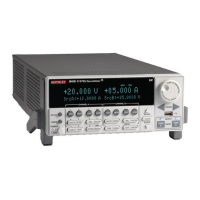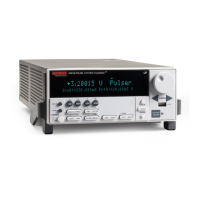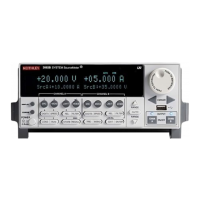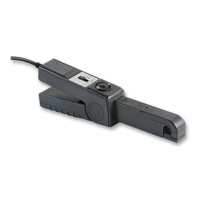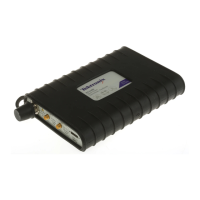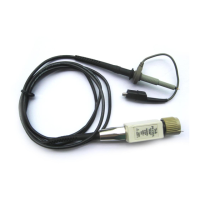High Voltage SourceMeter Instrument Reference Manual Section 12:
2470-901-01 Rev. A / May 2019 12-53
Example
:SENSe:RESistance:RANGe:AUTO:ULIMit 20
Set the upper limit to 20 Ω.
Also see
[:SENSe[1]]:<function>:RANGe:AUTO (on page 12-50)
[:SENSe[1]]:<function>:RANGe:AUTO:LLIMit (on page 12-51)
[:SENSe[1]]:<function>:RANGe[:UPPer]
This command determines the positive full-scale measure range.
Type Affected by Where saved Default value
Instrument reset
Power cycle
Measure configuration list
Measure configuration list
Current: 10 nA
Resistance: 200 MΩ
Voltage: 0.2 V
Usage
[:SENSe[1]]:<function>:RANGe[:UPPer] <n>
[:SENSe[1]]:<function>:RANGe[:UPPer] <DEF|MIN|MAX>
[:SENSe[1]]:<function>:RANGe[:UPPer]?
[:SENSe[1]]:<function>:RANGe[:UPPer]? <DEF|MIN|MAX>
Current: CURRent[:DC]
Resistance: RESistance
Voltage:
Set this command to a specific value or a preset value:
Current: 10 nA to 1 A
Resistance: 2 Ω to 200 MΩ
Voltage: 0.20 V to 1000 V
The DEFault, MINimum, or MAXimum value
Details
You can assign any real number using this command. The instrument selects the closest fixed range
that is large enough to measure the entered number. For example, for current measurements, if you
expect a reading of approximately 9 mA, set the range to 9 mA to select the 10 mA range. When you
read this setting, you see the positive full-scale value of the measurement range that the instrument is
presently using.
This command is primarily intended to eliminate the time that is required by the instrument to
automatically search for a range.
When a range is fixed, any signal greater than the entered range generates an overrange condition.
When an overrange condition occurs, the front panel displays "Overflow" and the remote interface
returns 9.9e+37.

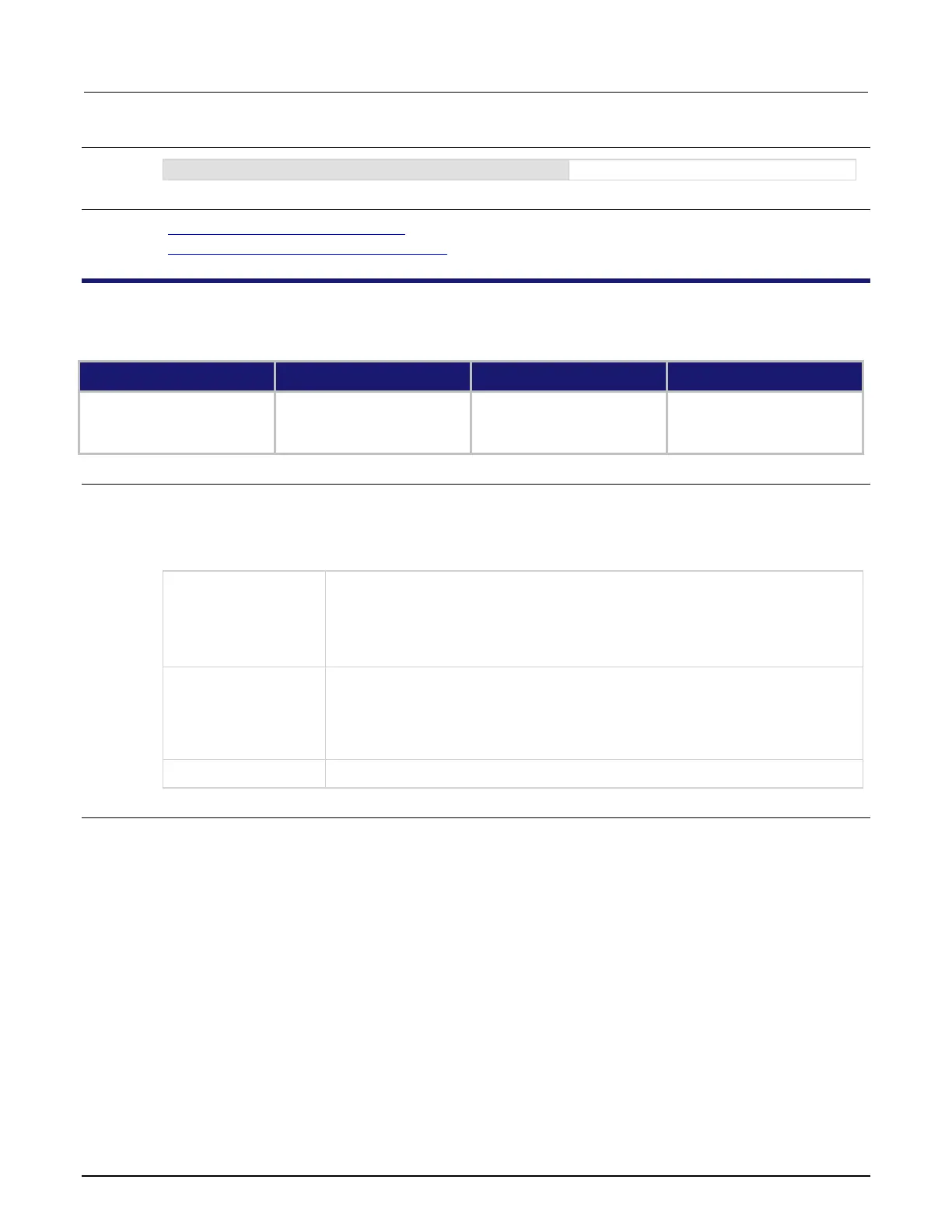